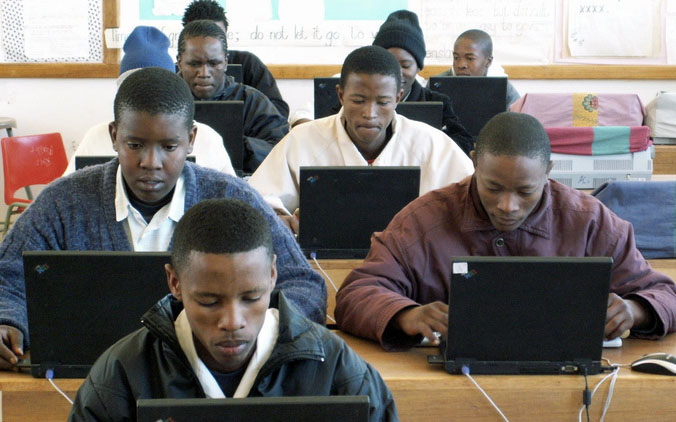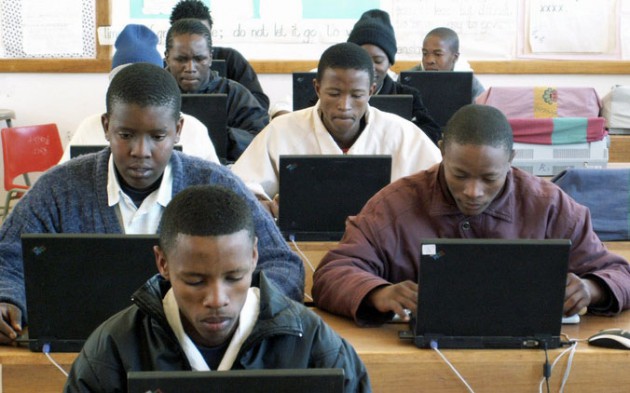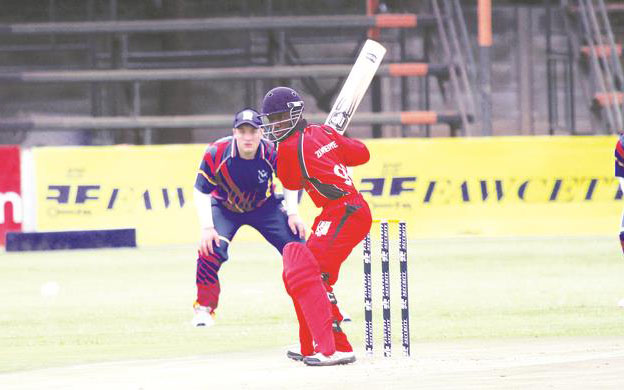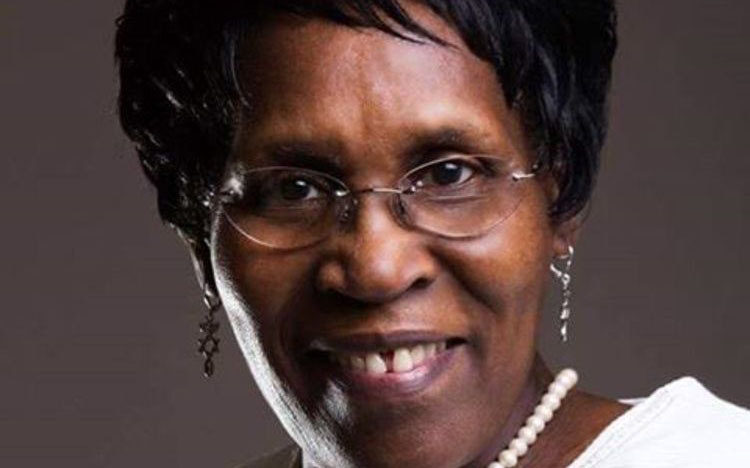Road to real results for online learning


MOOCs can make high-quality education and training accessible to all and would improve learning outcomes
Catherine Cheney Correspondent
At the headquarters of online education company Coursera in Mountain View, California, a world map with strings and push pins notes all the universities offering massive online open courses, or MOOCs, on its website.
Coursera offers distance learning courses, including free and paid-for options, run by around 150 universities across 29 countries. Forty-five percent of Coursera’s 24 million users are from developing countries, and the company is working to increase that number.
“The founding vision of Coursera was to make the world’s best education available to anyone, anywhere, regardless of their circumstances,” said Rick Levin, CEO of Coursera. “We’re a scale play.”
The hope was that the advent of online learning and the development of MOOCs would make high-quality education and training accessible to all and would improve learning outcomes.
But so many conversations on MOOCs in developing countries tend to shift toward the question of completion rates – the proportion of students who finish the course – in part because for-profit companies in the education technology space have to focus on these outputs.
With growing philanthropic support for education technology in emerging markets – such as the $50 million of funding for edtech non profits announced by Google.org last month — there is an opportunity to shift the focus from outputs to outcomes, as discussed at a recent event hosted by the World Bank on financing for education.
The global development community is well positioned to shift the metrics of success for MOOCs in the developing world in order to help them realise their potential for universal access to education.
Addressing the barriers to online learning
The three main structural issues that can prevent students in developing countries from accessing online courses are technology and internet connectivity, language barriers and the cultural relevance of the coursework, said Amy Ahearn, manager of online learning design at Acumen, which offers free online courses via +Acumen.
To expand its reach in developing countries, where users often access content on their phones, Coursera developed a mobile app that offers a similar experience to its website. That has led to improved completion rates in emerging market economies, said Levin, and other online learning platforms such as Udemy, NovoEd and EdX are also becoming mobile compatible.
+Acumen designs course materials that are “platform agnostic,” meaning they can be downloaded as PDF files and accessed later. It includes transcripts of all course videos, for students who cannot stream them, and sources case studies from a variety of cultural contexts so that learners have relatable examples.
“Our assignments are also project-based so that people can apply the tools we teach in open-ended ways to their own contexts,” Ahearn said.
“Rather than making our pedagogy lecture-based, it’s designed to be applied to participant’s own work and challenges, so there is a lot of flexibility for adaptation.” The courses have reached entrepreneurs from Botswana to Afghanistan to Sri Lanka.
A recent paper in Science magazine also explored a lesser-known barrier. It suggested that students of MOOCs in less developed countries “may suffer from the cognitive burden of wrestling with feeling unwelcome while trying to learn and [may] therefore underperform,” the authors write. “This can be exacerbated by social identity threat, which is the fear of being seen as less capable because of one’s group.”
After conducting two field experiments, and seeing improvements in MOOC completion rates among learners in less developed countries, the authors conclude that inclusive learning environments can turn accessible education into equitable education.
Move over, MOOCs?
Recent articles on MOOCs have suggested it is time for companies like Coursera to “move over” and “make way” for new models of online education, such as personalised learning.
The Chan Zuckerberg Initiative is among the emerging funders in education with a clear interest in personalised learning, in which technology is used to tailor instruction to the needs of individual learners.
Models such as Byju’s – a popular edtech startup based in India that has received support from CZI and is expanding its model internationally – can map the competencies of students. They can then use algorithms to adapt the learning experience by providing content tailored to the student’s strengths and weaknesses.
But MOOCs – such as the Khan Academy, which has just received $5 million from Google.org — still play a critical role, Ahearn said.
“At Acumen, we are increasingly viewing MOOCs as a funnel to personalised learning, in the sense that they can help us more strategically identify promising individuals who we should invest more time and resources in,” she said.
“We can use MOOCs as a way to surface talent and then more strategically invest resources in people who do finish the course and earn the certificate to further personalise their learning.”
Last year, Ahearn and her team launched +Acumen Corps, a community of people from all over the world who had completed at least two of the organisation’s MOOCs. They engaged the members through online events and created a closed platform where they can connect to one another.
This is similar to the approach Y Combinator, the Silicon Valley-based startup accelerator, is taking by offering its “Startup School” in the form of a MOOC and seeing which promising teams emerge.
Other developments that could make MOOCs more accessible to students in emerging market economies include increasing the number of instructors from developing countries who teach the courses and blending learning models.
Coursera helped to start the blended learning models trend – which combines a MOOC curriculum with in-person sessions – with its Learning Hubs model, where students work together on courses.
The model has been picked up widely. In Rwanda, students are learning from a mix of online content from global universities and local seminars taught in person with the help of Kepler, an online learning program designed for the developing world.
Kepler aims to expand beyond Rwanda to encompass a global network of universities. Meanwhile, the US. Department of State is behind MOOC Camp, online courses combined with facilitated discussions at US embassies and other public spaces worldwide.
“People love to learn in hands-on and engaging ways,” said Amira Dhalla, who leads Women and Web Literacy, an initiative to promote women’s inclusion in internet technology run by Mozilla, a nonprofit organisation devoted to the free and open web.
In 2016, Mozilla partnered with UN Women to launch women-teaching-women events in Cape Town, South Africa, and Nairobi, Kenya, in an example of efforts to complement MOOCs by facilitating in-person learning.
“The internet is a network. It’s a large community. And people need to learn how to operate in that network where they can collaborate and share locally,” said Dhalla.
Improving learning outcomes
In 2013, St George’s University in Grenada in the West Indies launched its first MOOC — “One Health, One Medicine” — simply offering one of its current courses on human and veterinary medicine in an online format.
Using an existing platform called Canvas, they saw an 11 percent completion rate — higher than average for a MOOC, but nonetheless a failure in the eyes of the team behind it.
The following year, the university developed its own platform, SGUX, and rebranded its course as “One Health, One Medicine: A Global Health Approach.” It saw the completion rate rise to 23 percent.
“We encompassed different regions of the world into the curriculum,” said Dr Satesh Bidaisee, who leads the university’s MOOCs work. “With this new platform (SGUX), we were able to build in live office hours, have video conferencing, have discussion blogs, have peer review evaluations, have students create their own seminars.
“We opened up the avenues for communication, interaction and engagement.
“That taught us the importance of developing a course specifically for an online audience, engaging participants more in real time, and building a learning community where people were able to share their experiences.”
More recently, by developing a MOOC that is accessible entirely on mobile devices, the programme has seen a 55 percent completion rate from students in developing countries.
Yet experts told Devex that measuring the success of a MOOC by its completion rate alone is missing the bigger point of how to realise the promise of education for development, as the World Bank’s 2018 World Development Report puts it.
Jim Shelton, head of CZI’s education initiative, said his focus is on how to empower teachers and learners to produce high-quality outcomes. For example, the CZI investment in Andela — which is on a mission to train young people in Africa to become world-class developers — helps to prepare students for the jobs of the future.
Similarly, Coursera recently launched an initiative partnering with governments and non-profits in developing countries with the aim of improving learning outcomes and preparing communities with the skills that will be in increasing demand, Levin said.
“We need to talk about orders of magnitude of change when we talk about improvement,” Shelton said at the Social Capital Markets conference in 2016.
Ahearn said that: “Building new learning models and designing high-quality content to train global audiences is going to require investment and experimentation. We need to see more risk capital and unrestricted funding going towards the development of online learning models that can have cascading benefits.”
The next steps
St George’s SGUX model points to what a number of experts emphasised is an important next step for MOOCs: creating online courses with a global audience, not for a global audience.
In order for online education to realise its full potential in the developing world, there must be a shift away from the narrative that the Global North is the teacher and the Global South is the student, said Connor Diemand-Yauman, the co-founder and CEO at Philanthropy University, a technology-enabled capacity building organisation that was designed to meet the needs of local organisations in the Global South.
Diemand-Yauman emphasised the importance of shifting the focus to outcomes, if MOOCs are to be useful in the developing world.
“There is an inherent tension in organisations pursuing a dual bottom line of profit and learning outcomes,” he said.
Having previously worked for Coursera, he told Devex that he left to pursue the opportunity of building a non-profit organisation focused exclusively on outcomes.
“We have to realise that outputs like completion rates tell us very little about genuine outcomes,” he said.
“You optimise for completion and eventually you end up creating cat videos.
“And as much as I love cat videos, they won’t enable people to live better lives; they won’t equip change makers to have greater impact in their communities. We can do better than completion.” – Devex.









Comments